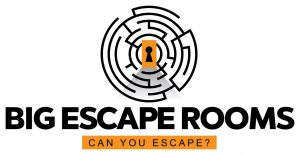The Art of Puzzle Design in Escape Rooms
Escape rooms have captured the hearts and minds of adventure seekers and puzzle enthusiasts alike. At the heart of these immersive experiences lies the art of puzzle design – a delicate blend of creativity, logic, and intrigue. In this article, we will dive deep into the intricacies of puzzle design for escape rooms, exploring various puzzle types, the critical balance between difficulty and solvability, and strategies to ensure players remain engaged and thrilled throughout their journey.
The Puzzle Landscape: Types and Diversity
Puzzle design in escape rooms is an intricate dance between providing mental stimulation and a satisfying “aha!” moment. To achieve this, designers incorporate a diverse range of puzzle types that challenge different cognitive skills. These may include:
- Logical Puzzles: These involve deducing patterns, arranging items in a particular order, or solving mathematical challenges. Sudoku-like grids, number sequences, and pattern recognition fall under this category.
- Physical Puzzles: Incorporating a tactile element, these puzzles require players to manipulate objects, unlock mechanisms, or assemble components. Locks, hidden compartments, and jigsaw-like tasks often fall under this category.
- Word and Language Puzzles: Riddles, anagrams, and cryptography challenge players’ linguistic and semantic skills. These puzzles encourage players to think critically about language and meaning.
- Observation and Perception Puzzles: These puzzles demand keen observation and attention to detail. Players must find hidden clues in the environment or identify subtle changes within a scene.
- Interactive and Tech-Driven Puzzles: Utilizing technology, these puzzles merge the physical and digital realms. QR codes, augmented reality elements, and interactive displays can create immersive experiences.
Balancing Difficulty and Solvability
The hallmark of exceptional puzzle design lies in achieving the delicate equilibrium between difficulty and solvability. Puzzles that are too easy may bore players, while overly challenging puzzles can lead to frustration and a sense of hopelessness. To strike this balance:
- Gradual Complexity: Begin with simpler puzzles to introduce players to the logic and style of your escape room. Gradually increase the complexity as the players progress, challenging them without overwhelming them.
- Logical Flow: Ensure that puzzles flow logically from one to another. Each solved puzzle should provide clues or insights for the next challenge, creating a cohesive narrative.
- Multiple Entry Points: Allow for various ways to approach a puzzle. Different players bring different strengths, so offering multiple entry points caters to a diverse audience.
- Clear Communication: Use visual and auditory cues to guide players toward solutions. Clarity is key – a puzzle should never hinge on an obscure detail or hidden information.
Keeping Players Engaged
The most memorable escape rooms are those that keep players engaged, excited, and immersed from start to finish. To achieve this:
- Narrative Integration: Infuse puzzles with the storyline of the room. A puzzle that ties directly into the narrative feels more purposeful and engaging.
- Collaboration and Communication: Encourage teamwork by designing puzzles that necessitate collaboration. Foster communication between players to enhance the experience.
- Rewarding Progress: Offer immediate feedback when a puzzle is solved correctly. This can be visual, auditory, or even involve a physical change in the room.
- Time Pressure: Introduce time-sensitive puzzles to create a sense of urgency and excitement. However, ensure that the time limit is reasonable to avoid undue stress.
Puzzle design is the heartbeat of an escape room experience, captivating players’ minds and igniting their problem-solving prowess. By exploring diverse puzzle types, striking a balance between difficulty and solvability, and implementing strategies to keep players engaged, designers can craft escape rooms that leave a lasting impression. The thrill of discovering solutions, overcoming challenges, and emerging victorious from a well-designed puzzle is what makes escape rooms an exhilarating adventure for all who dare to enter.
SCHEDULE YOUR ESCAPE ROOM TODAY!




